Couldn't load pickup availability
Hoya Australis 'Lisa', commonly known as the "Variegated Wax Plant," is a captivating houseplant admired for its variegated foliage and fragrant, star-shaped flowers. This cultivar, developed in the early 2000s, showcases leaves with splashes of green, chartreuse, and yellow, adding a vibrant touch to any indoor space. Its easy-going nature makes it suitable for both beginners and seasoned plant enthusiasts.
Common Names
- Variegated Wax Plant
- Waxvine
- Porcelain Flower
Botanical Classification
- Kingdom: Plantae
- Order: Gentianales
- Family: Apocynaceae
- Genus: Hoya
- Species: Hoya australis ssp. tenuipes 'Lisa'
Native Habitat
While the parent species, Hoya australis, is native to the tropical and subtropical regions of Australia, the 'Lisa' cultivar was developed through cultivation and does not occur naturally in the wild. It thrives in indoor environments that mimic the bright, indirect light and humidity of its ancestral habitat.
Historical and Cultural Significance
Introduced in the early 2000s, Hoya Australis 'Lisa' has quickly gained popularity among plant collectors for its striking variegated leaves and ease of care. Its unique foliage patterns and fragrant blooms have made it a symbol of elegance and resilience in modern horticulture.
Uses and Popularity
Due to its ornamental appeal and low-maintenance nature, Hoya Australis 'Lisa' is a favored choice for indoor plant displays. Its trailing vines are ideal for hanging baskets or trained on trellises, adding a touch of greenery to homes and offices. The plant's ability to adapt to various indoor conditions contributes to its widespread popularity.
Conservation Status
As a cultivated variety, Hoya Australis 'Lisa' is not subject to conservation concerns. It is readily available through nurseries and online plant retailers, ensuring enthusiasts can acquire it without impacting wild plant populations.
Description
Physical Characteristics
Hoya Australis 'Lisa' features thick, ovate leaves adorned with variegated patterns of green, chartreuse, and yellow. New growth often emerges with a reddish-pink hue, maturing into its characteristic variegation. The plant produces clusters of star-shaped, white flowers with a red or pink center, emitting a sweet fragrance.
Growth Habit
This evergreen vine can extend up to 10 feet indoors, exhibiting a climbing or trailing habit. Its moderate growth rate and flexible stems make it suitable for various indoor arrangements, including hanging baskets and trellises.
Popular Hoya Varieties
Hoya Carnosa
- Known for its waxy leaves and pinkish-white fragrant flowers.
Hoya Kerrii
- Features heart-shaped leaves, often referred to as the "Sweetheart Plant."
Hoya Pubicalyx
- Distinctive for its elongated leaves with silver flecks and clusters of pink flowers.
Hoya Obovata
- Characterized by round, thick leaves and umbels of pale pink flowers.
Care Guide
Light Requirements
Hoya Australis 'Lisa' thrives in bright, indirect light. Exposure to early morning or late afternoon sun can enhance its variegation, but avoid intense midday sunlight to prevent leaf scorching. Insufficient light may lead to reduced variegation and slower growth.
Watering Needs
Allow the top half of the soil to dry out between waterings. Overwatering can lead to root rot, while underwatering may cause leaf wrinkling. Adjust watering frequency based on seasonal changes, reducing during the winter months when the plant's growth slows.
Soil Preferences
Use a well-draining potting mix, such as a combination of peat moss and perlite, to prevent waterlogging. A mix designed for succulents or orchids can also be suitable, providing the aeration and drainage that Hoya Australis 'Lisa' prefers.
Humidity
This plant prefers moderate to high humidity levels, ideally between 40-60%. Regular misting or the use of a humidity tray can help maintain adequate moisture, especially in dry indoor environments.
Fertilization
Feed with a balanced, water-soluble fertilizer every 2-3 weeks during the growing season (spring and summer). Dilute the fertilizer to half the recommended strength to avoid overfeeding. Cease fertilization during the winter months when growth slows.
Common Pests
Mealybugs
Mealybugs appear as small, white, cottony masses on leaves and stems. They can be treated by wiping the affected areas with a cotton swab dipped in isopropyl alcohol or by applying insecticidal soap.
Spider Mites
Spider mites are tiny pests that create fine webbing on the plant. Maintaining higher humidity and regularly misting the plant can help deter them. In case of infestation, use a miticide or insecticidal ::contentReference[oaicite:0]{index=0} soap or neem oil spray for treatment.
Scale Insects
Scale insects appear as small, brown or black bumps on stems and leaves. Remove them manually with a soft brush and treat the plant with horticultural oil or insecticidal soap.
FAQs
How often should I water Hoya Australis 'Lisa'?
Water when the top half of the soil is dry. Reduce watering frequency in winter and ensure the pot has proper drainage.
Is Hoya Australis 'Lisa' pet-friendly?
Hoya Australis 'Lisa' is non-toxic to pets but can cause mild digestive discomfort if ingested. Keep it out of reach as a precaution.
Does it need high humidity?
Yes, moderate to high humidity (40-60%) is ideal. Use a humidifier or mist the leaves occasionally to maintain moisture levels.
How do I encourage blooming?
Provide bright, indirect light and avoid moving the plant once buds form. Consistent watering, humidity, and feeding during the growing season will support flowering.
Is it an air-purifying plant?
Yes, Hoya Australis 'Lisa' helps purify indoor air. Discover more air-purifying plants in our collection.
How to take care of Hoya Australis Lisa
Sun: Direct - Indirect
Sun: Direct - Indirect
Light: Medium - Bright
Light: Medium - Bright
Water: When Mostly dry
Water: When Mostly dry
Humidity: Any
Humidity: Any
Pet Friendly: Yes
Pet Friendly: Yes
Pro Tip
Pro Tip
Delivery Policy for Plant Condition
Delivery Policy for Plant Condition
"I have only received part of my order. What to do?
No worries if you've only got part of your order! Our plants come from different nurseries and might arrive in separate shipments, typically 1-2 days apart. It's all part of ensuring your green friends reach you in top-notch condition!
If you do not receive the remaining packages within 48 hours contact support at info@mygreenscape.ca
What is the Life Time Support?
Absolutely! Lifetime support means you can count on us whenever you have questions or uncertainties about your plant. Whether you're puzzled by its behavior or just want to ensure it's thriving, we're here for you. Connect with us on Instagram @mygreenscapeto or shoot us an email at support@mygreenscape.ca.
When it comes to our guarantee for plants shipped with standard or express, rest assured that we offer a 30-day happy healthy plant guarantee on all such shipments. This ensures that your plants are covered for 30 days after delivery, giving you peace of mind regarding their condition. If you have any concerns within this period, feel free to reach out to us for assistance.
For further details, please visit our Local Delivery, Store Pickup, Standard Shipping Guide Page.
What to expect
What to expect
Your plant will arrive in a standard nursery pot, typically 0.5" - 1" smaller than the stated size to seamlessly fit into your chosen decorative pot. Washable Paper Planter Bags are available for separate purchase.
Just like nature intended, each plant is unique, showcasing natural variations in size, shape, and characteristics. Our commitment is to deliver a plant that closely resembles the one featured on our website, matching your chosen size, and with the potential to thrive happily in your home.
Frequently Asked Questions
Frequently Asked Questions
Certainly! If you're pondering about ordering plants online, you're not alone. We've compiled the most frequently asked questions. Check out our FAQ section here for quick answers! Happy planting!
Plant & Pot Size Chart
Plant & Pot Size Chart
Choosing the right pot size for your plants can be a daunting task, especially if you're new to gardening. But fear not! Our pot sizes chart can help you find the perfect match for your plants, ensuring they have enough space to grow and thrive. With our guide, you'll be able to confidently choose the right pot size and plant variety for your gardening needs.
Plant Pot Size Guide.

| Extra Small | 7-10 cm | 2.5 - 3 inches |
| Small | 11-12 cm | 3.5 - 4 inches |
| Medium | 14-17 cm | 5 - 6 inches |
| Large | 19-21 cm | 8 - 10 inches |
| Extra Large | 24-27 cm | 12 - 14 inches |
All sizes are specified in product details.
Your Complete Guide to Pot Sizes: What Size Should You Choose?

When selecting a pot for your plant, it's important to find the right size. But with all the different options out there, how do you know which one is best? We're here to help!
MyGreenscape's pot sizes chart is a great resource for finding your perfect fit. Our easy-to-read chart takes out all the guesswork and helps you quickly choose the right size for your plant.
Smaller pots are best for seedlings or small plants just starting out. These tend to be shallow but wide, allowing enough room for the roots of the young plant but not too much where they get overcrowded. Medium-sized pots are ideal when your plant has grown from its infancy and is ready for more space. These are deeper and wider than small pots, so that it can accommodate larger root systems - making sure your plant gets enough nourishment while still giving it breathing room. Large pots are top choice if you have an established plant in need of lots of space - think trees and large shrubs! The spacious depth and width allow plenty of room for deep root systems without struggling for air or light.
No matter what size you choose, MyGreenscape has got you covered, with our pot sizes chart guaranteeing you find the perfect fit every time!
Winter Shipping Protection
Winter Shipping Protection
We take extra care with each package during the colder months. For destinations experiencing cold weather, we provide insulated packaging and heat packs as needed to protect your plants from freezing temperatures. With Winter Shipping Protection, your plants are equipped to arrive safe and sound, even in winter’s chill.
Care Guide
Care Guide
Explore essential care tips. check out our Comprehensive Resource for Indoor Plant Care.
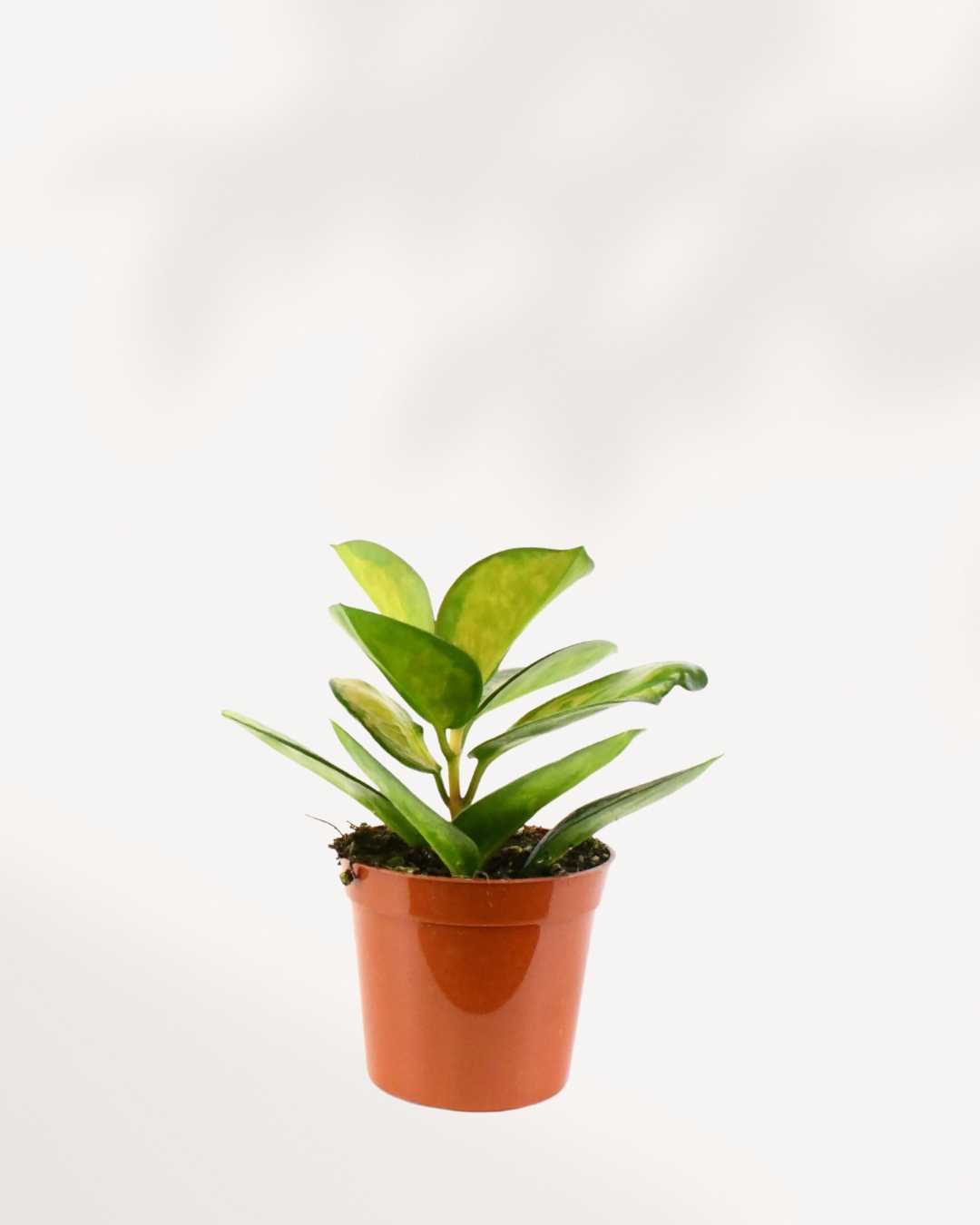
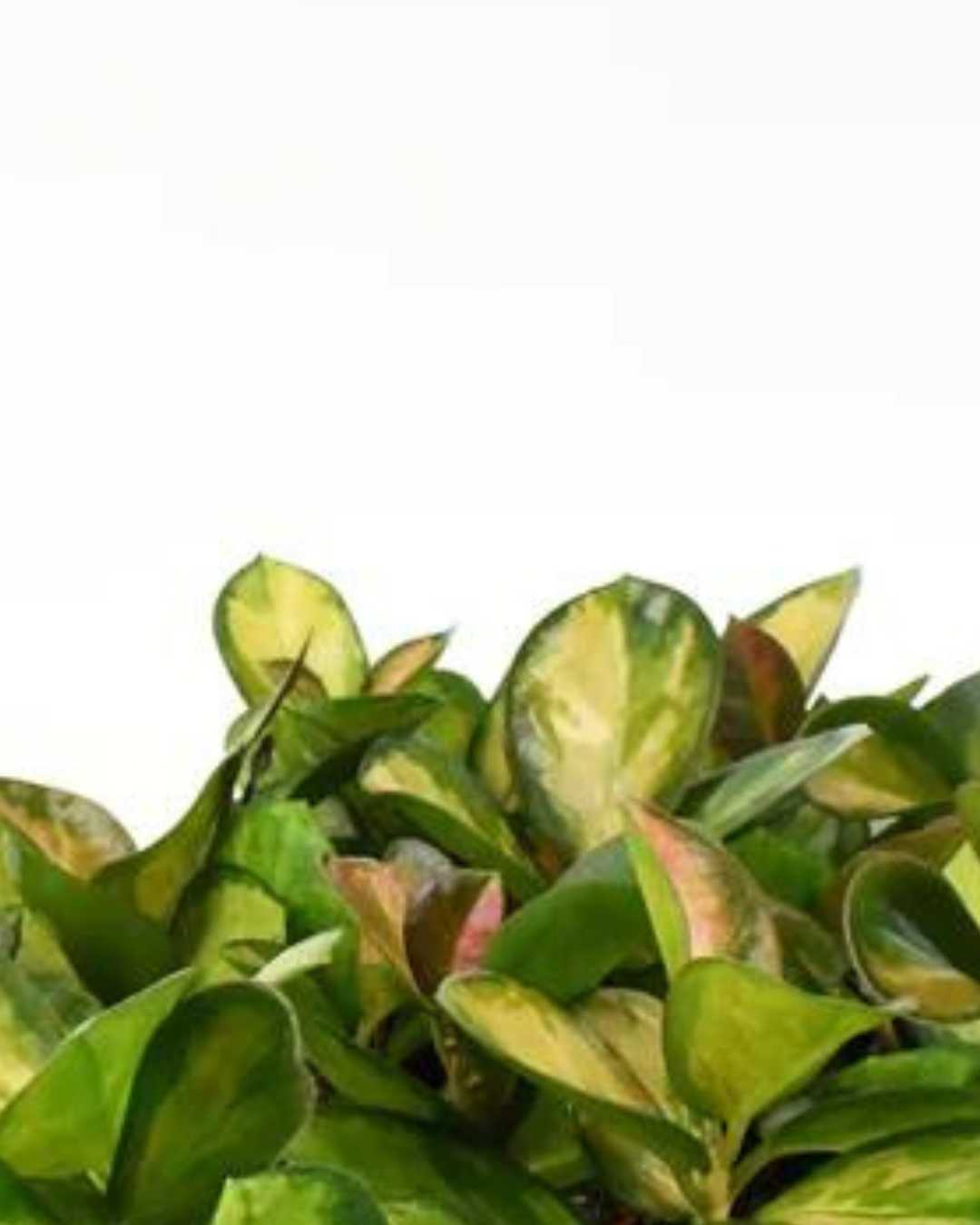
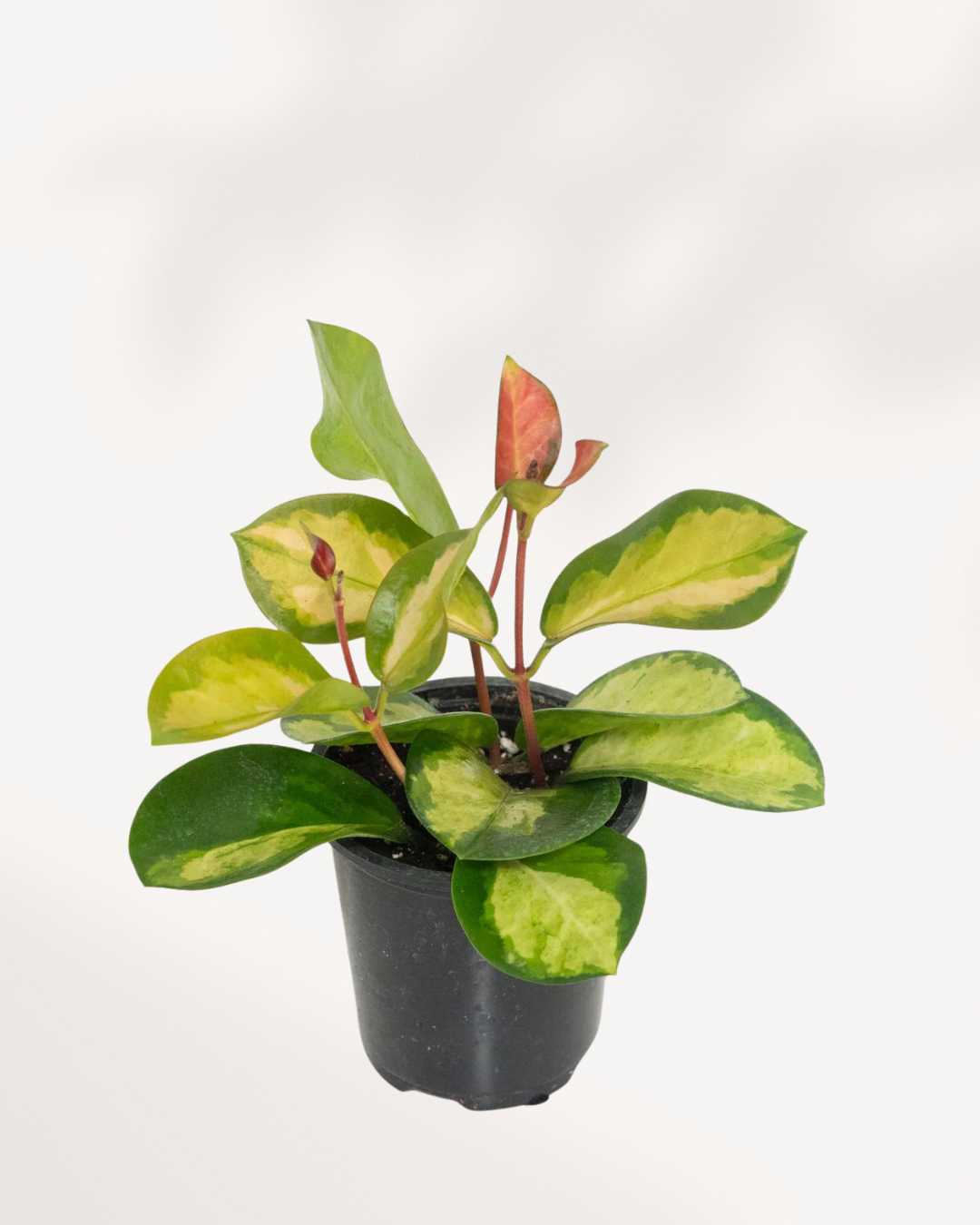
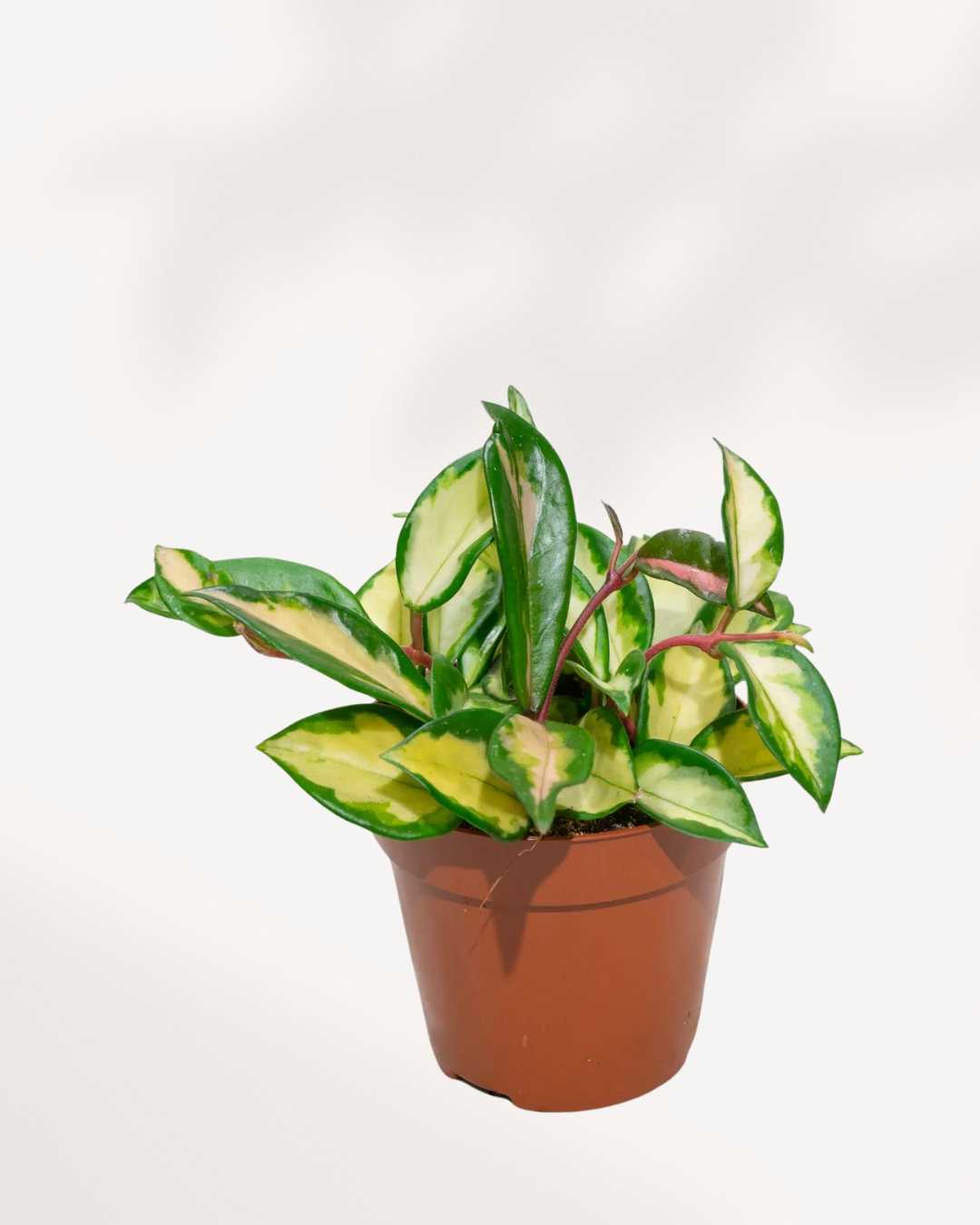
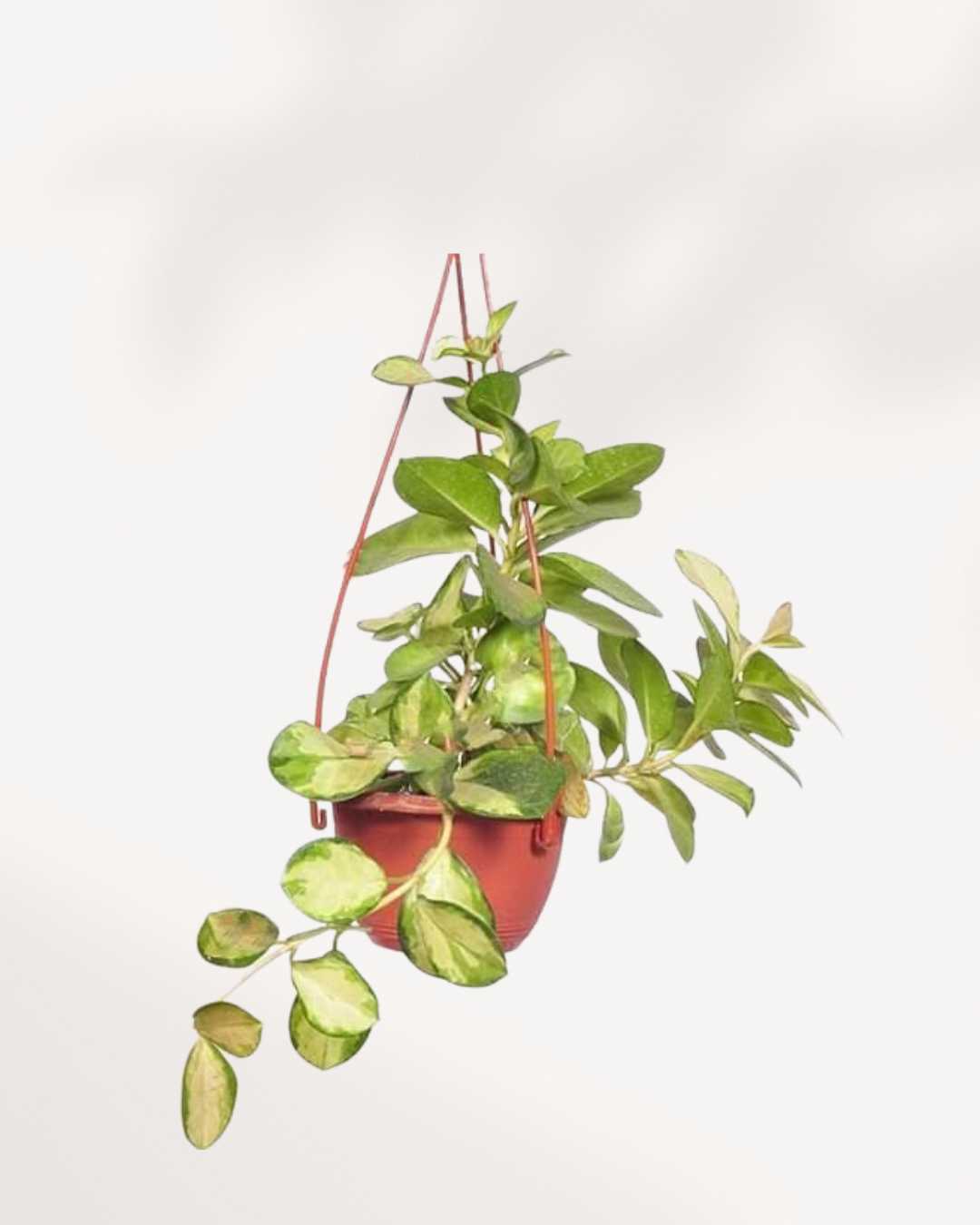
WATERING MADE EASY
Check soil moisture before watering and use a potting mix that drains well. It’s the secret to healthy, happy plants!
Hear From Happy Plant Parents.
Who have brought Mygreenscape plants into their homes.




















